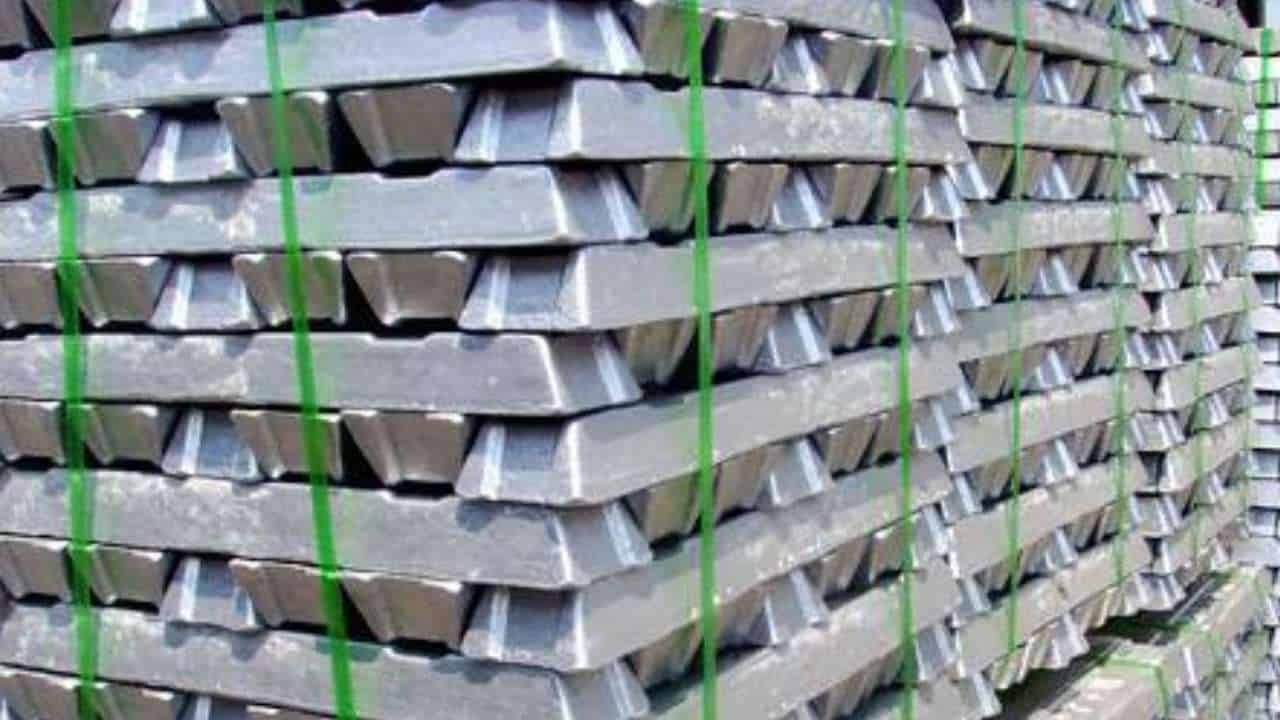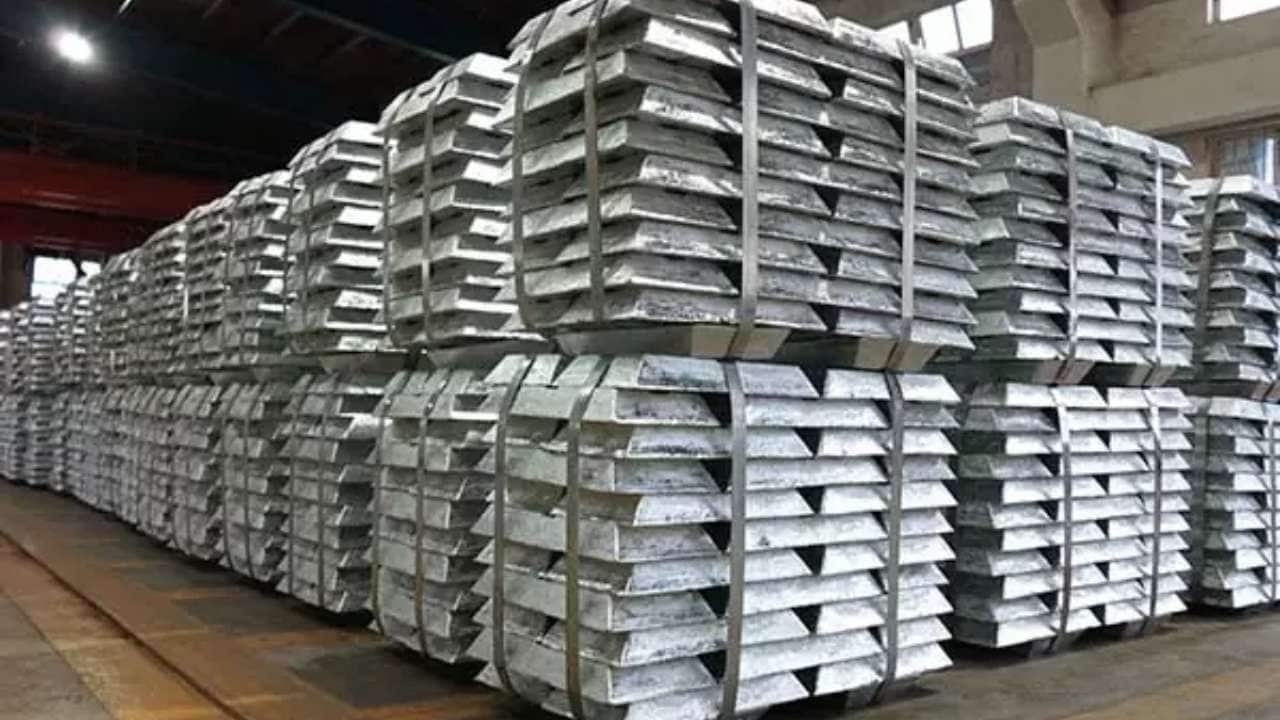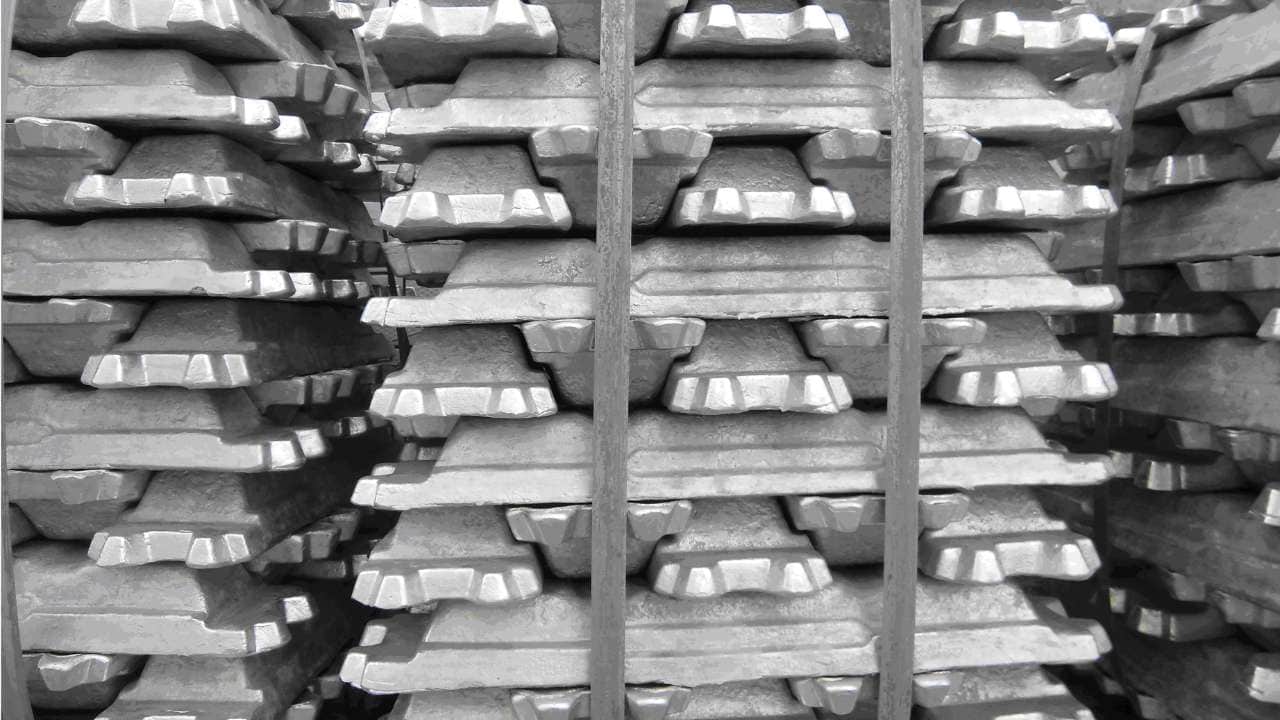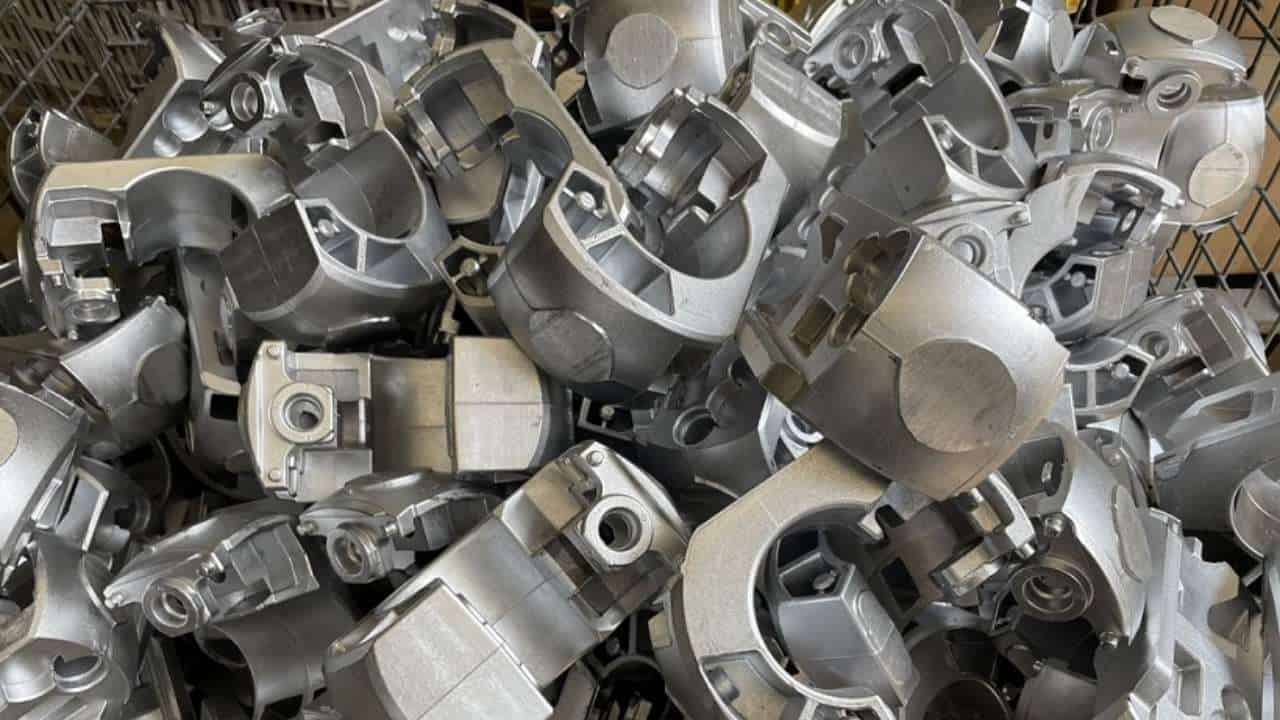Material capabilities recognition is the key factor in the modern production. Among various casting materials, aluminum A356 alloy is a unique alloy famous due to its corrosion resistance, strength and castability. This grade is preferred by the automotive, aerospace, and industrial manufacturers while providing a perfect balance between performance and process ability. This article discusses its composition, properties, heat treatments and its advantages for application.
Aluminum A356 Alloy – Overview

The grade A356 is a high quality cast aluminum alloy and is known for its superior mechanical properties, corrosion resistance and versatility.
Chemical Composition and Role of Each Element
| Element | Weight Percentage (%) | Function in Alloy |
| Aluminum (Al) | 91.1 – 93.3 | Base metal providing the overall structure and light-weight properties. |
| Silicon (Si) | 6.5 – 7.5 | Increases castability and enhances fluidity also minimizes shrinkage in solidification. |
| Magnesium (Mg) | 0.2 – 0.45 | Precipitation hardening increases strength and hardness. |
| Copper (Cu) | ≤ 0.2 | Large amounts can decrease corrosion resistance. kept minimal to maintain durability. |
| Iron (Fe) | ≤ 0.2 | Impurities can form brittle phases; controlled to minimize adverse effects. |
| Zinc (Zn) | ≤ 0.1 | Limited in order not to adversely affect the corrosion resistance and mechanical properties. |
| Manganese (Mn) | ≤ 0.1 | Assists in controlling the level of iron as well as enhancing strength. |
| Titanium (Ti) | ≤ 0.2 | As a grain refiner, it increases mechanical properties. |
| Other Elements | Trace amounts | Includes residual elements; combined in order to maintain alloy integrity. |
Mechanical and Physical Properties of A356 Aluminum Alloy

Mechanical Properties (T6 Temper)
| Properties | Tensile Strength | Yield Strength | Elongation at Break | Hardness | Formability |
| Attributes | 207 – 310 MPa | 138 – 228 MPa | 3% – 10% | 70 – 80 HB | Excellent |
- Tensile Strength: A356 aluminum alloy offers tremendous load-bearing ability due to its tensile strength, which ranges from 207 to 310 MPa.
- Yield Strength: The yield strength from 138 to 228 MPa guarantees that components made out of A356 can withstand high mechanical stress before deformation.
- Elongation: A356 alloy possesses moderate ductility with an elongation range of 3%- 10%. This helps parts to absorb energy under stress without instant failure, and this is suitable in impact-prone applications.
- Hardness: A356 in the T6 temper with hardness ranging from 70 to 80 HB increases wear resistance. This is effective in increasing component lives, particularly in moving parts or abrasive environments.
- Formability: Due to its good formability, A356 can be cast in complicated shapes and thin partitions.
Physical Properties
| Properties | Density | Melting Point | Thermal Conductivity | Electrical Conductivity | Coefficient of Thermal Expansion |
| Attributes | ~2.68 g/cm³ | 570°C – 580°C | ~151 W/m·K | 33% – 36% IACS | ~21.4 µm/m·K |
- Density: A356 aluminum alloy with a density of about 2.68 g/cm³ provides high strength to weight ratio. This is why it is ideal for lightweight structures for use in the transportation and aerospace industries.
- Melting Point: The melting specification for A356 Aluminum alloy is 570°C to 580°C which permits the alloy to be cast quite easily using the traditional foundry practice.
- Thermal Conductivity: A356 is efficient in heat dissipation with thermal conductivity of approximately 151 W/m·K.
- Electrical Conductivity: A356 has electrical conductivity ranging from 33%-36% IACS enabling it to be used in low and moderate electrical applications where both mechanical and conductive properties are needed.
- Coefficient of Thermal Expansion: A356 has dimensional stability with a coefficient of ~21.4 µm/m·K.
Heat Treatment Processes for A356 Alloy

Heat treatment is an important process that is used to achieve the maximum mechanical capability of A356 alloy. Manufacturers can alter various properties of the material by using controlled thermal processes. It helps in increasing tensile strength, wear resistance and fatigue life.
Common Tempers
-
- T6: The most popular temper obtained by solution heat treatment and artificial aging, providing maximum strength and hardness.
- T5: Involves cooling from a high temperature shaping process followed by artificial aging, it gives a moderate strength and faster processing.
- T51: Solution heat treated and stress relieved by stretching, increasing dimensions’ stability and relieving internal stresses.
- T71: Solution heat treated and stabilized, providing of balanced strength with improved corrosion resistance for outdoor or marine application.
Conclusion

A356 aluminum alloy is lightweight but strong, corrosion-resistant and casts well, which qualifies it for automotive, aerospace and industrial purposes. Its mechanical and thermal properties, improved by heat treatment, provide a reliable performance in severe conditions.
Looking for reliable and quality custom A356 aluminum alloy parts? Contact Hmaking for custom precision engineered solutions to meet your needs.
More resources:
Die Cast Aluminum Alloys – Source: HM
Best Aluminum Alloys for Machining – Source: HM


